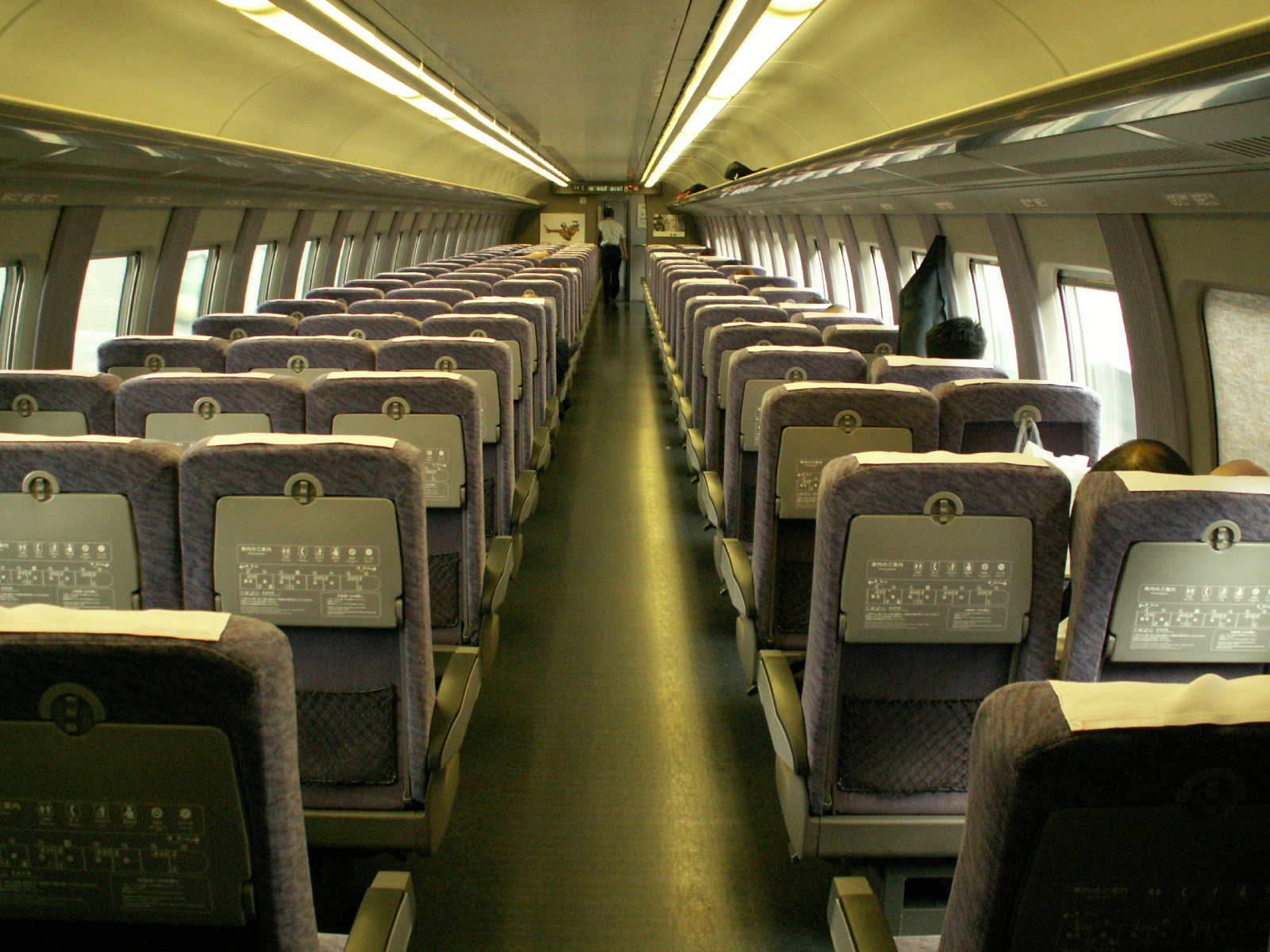As promised I will give a little info about Japan's transportation system.
To start out I will only be talking about Tokyo's transportation because otherwise I would be here until the end of time talking about Japanese transportation.
While Tokyo is the world's 10th largest city it is the city with the world's most effective transportation system. Tokyo's transportation involves trains, subways and bus lines that make any part of Tokyo accessible. There are also other modes of transportation such as Street Cars, Monorails, and Ferries.
Trains first came to Japan in the mid 1800's Japan made it's first commuter train line in 1872 and in 1927 Japan opened it's first subway line. The Toei Bus lines came into affect after many of the street cars were damaged in the "Great Kantou Quake" in 1923.
While traveling in Japan many people will refer to JR lines as "the train" JR stands for Japan Rail a previously government owned railway. JR are the most used trains in Japan. Tokyo's famous "Yamanote line" is JR. I myself have to admit that the number of times I rode a train line other than JR inside of Tokyo can be counted on my fingers. My first being the Keisei Skyliner from Narita to Keisei Nippori. Then I changed to JR Yamanote. Many of the private train lines are owned and operated by big name companies. Seibu Line is owned by the Seibu Group which owns the Seibu Department stores, the Prince Hotel chain, and even the Saitama Seibu Lions baseball team. Seibu, Tobu, and Odakyu lines are all train lines that are associated with Department stores around Tokyo.
The next most popular mode of transportation around Tokyo is the Tokyo Subway lines.
Two companies make up the Tokyo subway lines. Tokyo Metro and Tokyo Metropolitan Bureau of Transportation or Toei (the same as the bus) The Tokyo Subway lines go places that many train lines can't go. Such as popular tourist spots as Roppongi, Ginza, and Asakusa,
The third most used mode in Tokyo is the bus lines. These are used mostly for locals. They mostly go to suburban areas.
Until recently to transfer from one mode to another has been a task. First you would have to buy a train ticket to whatever stop you needed to go to. Then go to another ticket kiosk and buy the ticket for another transportation mode. While many stations offered transfer tickets to another mode it was still a hassle. Then in 2000 the "Passnet" System arrived and transferring among non-JR line trains became a snap. The Passnet system used a magnetic card to subtract your fare on a refillable card. 22 train lines implemented the system. Not to be outdone, in 2001 JR lines introduced the "Suica" system for JR lines. The Suica system uses a smart card that requires no contact between the card and the machine. In 2007 the Passnet system was replaced by the Pasmo system. Changes included an updated technology, and the addition of the Subway and Bus routs. The Pasmo system uses the same technology as the Suica. For a short time the Pasmo and Suica cards became incompatible and would sometimes cancel each other out if a person owned both a Suica and a Pasmo card. Later in 2007 Pasmo and Suica cards became interchangeable and only one card is needed.
While this post talks about the outside differences of Tokyo's transportation methods next post I'll give you a glimpse inside of each of these. See you next round!
~Lala~


